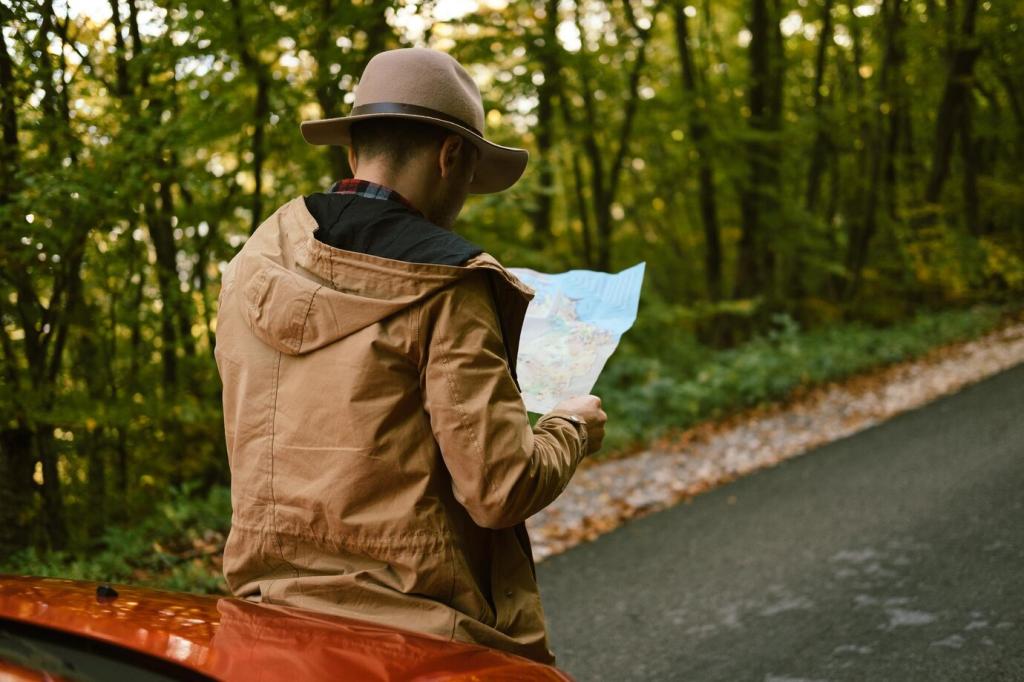
Your First National Park Hike: The Ultimate Packing Checklist
Welcome! Today’s chosen theme: Packing Checklist for Your First National Park Hike. Consider this your friendly, field-tested guide to packing with confidence, avoiding rookie mistakes, and savoring every mile. Subscribe and share your must-pack item to help fellow first-timers start strong.
Build Your Kit Around the Ten Essentials
Carry a printed topo map in a waterproof sleeve, a compass you know how to use, and an offline GPS map downloaded to your phone. Mark bail-out routes, water sources, and junctions. Keep a small battery pack ready, but never rely on electronics alone.
Choose moisture-wicking base layers—merino or synthetics—to move sweat away. Avoid cotton, especially for colder mornings. A breathable fleece or light insulated mid layer preserves warmth during breaks. Pack a dry spare top in a bag liner to guard against surprise chills.
Dress Smart: Layering for Unpredictable Park Weather
A breathable, waterproof shell with pit zips handles wind and sudden showers. Pair with lightweight rain pants or a rain kilt for versatility. Stash a pack cover or liner, and review lightning safety protocols before ridgelines—storms often build faster than you expect.
Dress Smart: Layering for Unpredictable Park Weather
Food, Water, and Kitchen Simplicity
Carry enough water for the heat and elevation, then add treatment—filter, tablets, or UV—based on conditions. Pre-hydrate before the trailhead, sip regularly, and set reminders. In dry parks, cache or carry extra. Electrolytes help when sweat rates spike under afternoon sun.

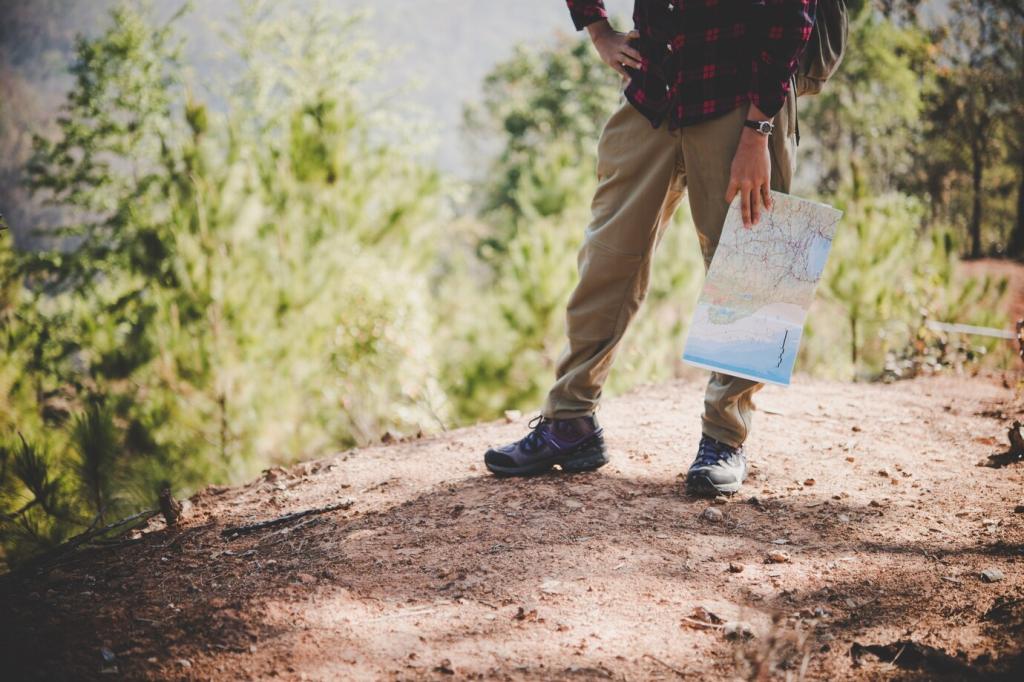
Food, Water, and Kitchen Simplicity
Pack foods you love: salty nuts, chewy bars, jerky, tortillas with nut butter, and dried fruit. Mix textures and flavors so your appetite stays interested. Label a snack per hour, and keep a morale treat for the crux. Store food bear-safe wherever regulations require.
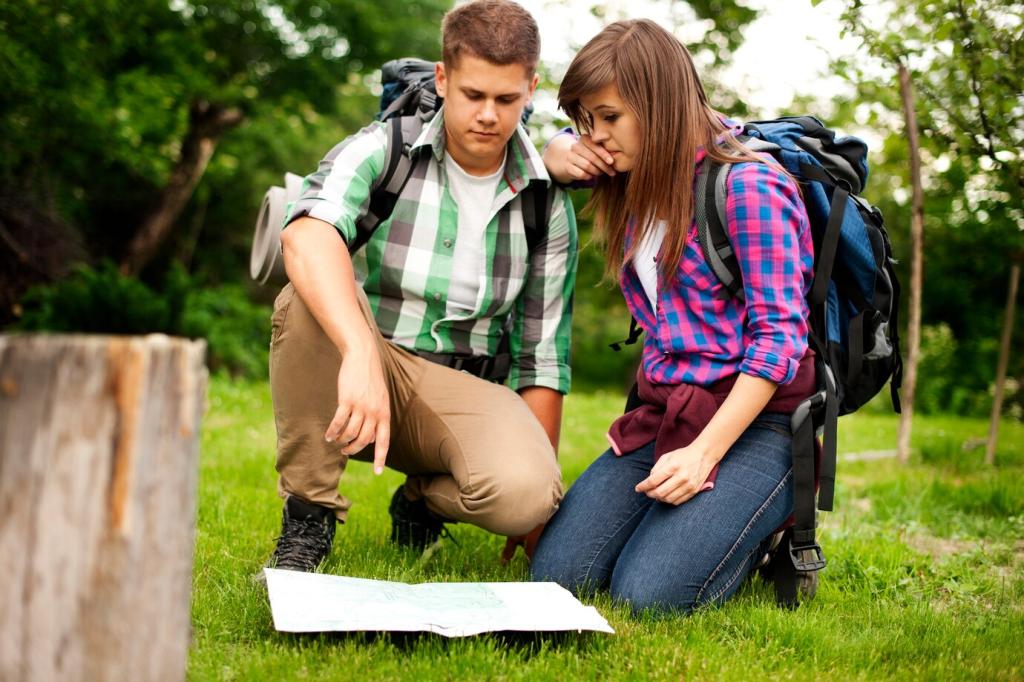
Pack Fit, Capacity, and Weight Distribution
For most first national park day hikes, a 20–30 liter pack works well. Adjust torso length, snug the hip belt to carry weight, and fine-tune load lifters. Walk a mile at home with water weight, confirming there are no hotspots or shoulder pinch points.
Pack Fit, Capacity, and Weight Distribution
Place heavier items close to your spine, mid-back, for stability. Keep rain layers and warm gloves near the top. Tuck fragile gear in soft layers, and pack a sit pad flat. Store first aid and filtration in predictable spots you can reach without unpacking everything.
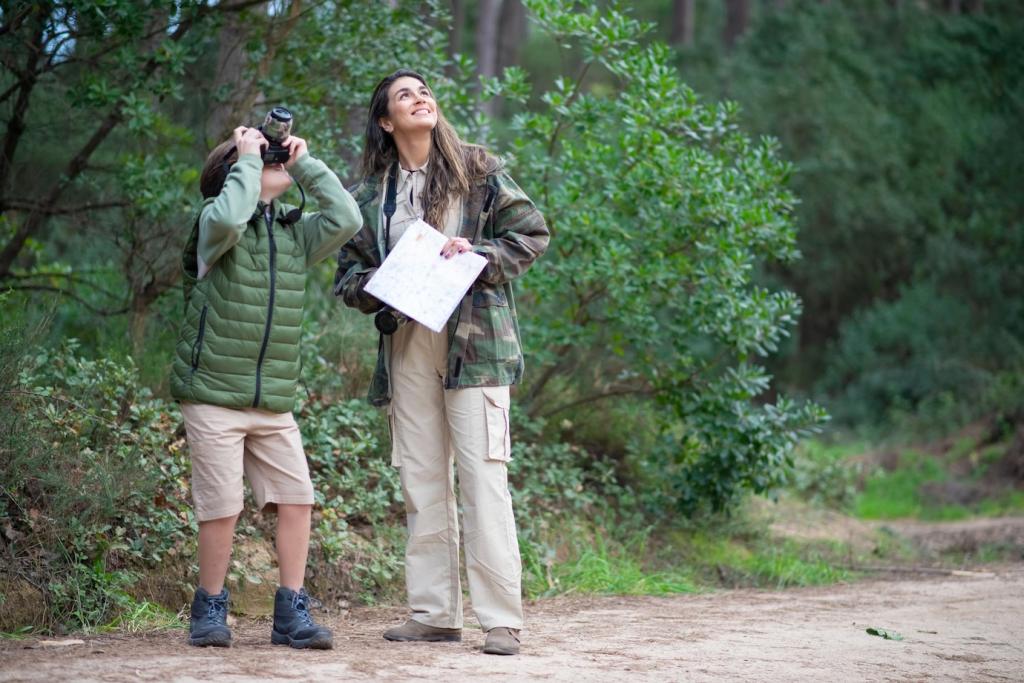
Know the Hazards Before You Go
Review heat, hypothermia, river crossings, and altitude considerations. Set a firm turnaround time and stick to it. Tell a trusted person your plan and return time. Pack sun protection, bug repellent, and a light insulating layer even on bluebird mornings that feel guaranteed.

Wildlife Awareness and Food Storage
Research local wildlife and regulations. Carry bear spray only where permitted and practice quick, safe deployment. Give animals generous distance, store food properly, and never feed wildlife. A clean camp and sealed snacks protect both you and the park’s natural behavior patterns.
Confirm whether your route requires day-use reservations or a shuttle. Screenshot confirmations, charge your phone, and bring a physical park pass if needed. Review seasonal closures, fire bans, and dog restrictions so nothing at the trailhead forces a last-minute change.
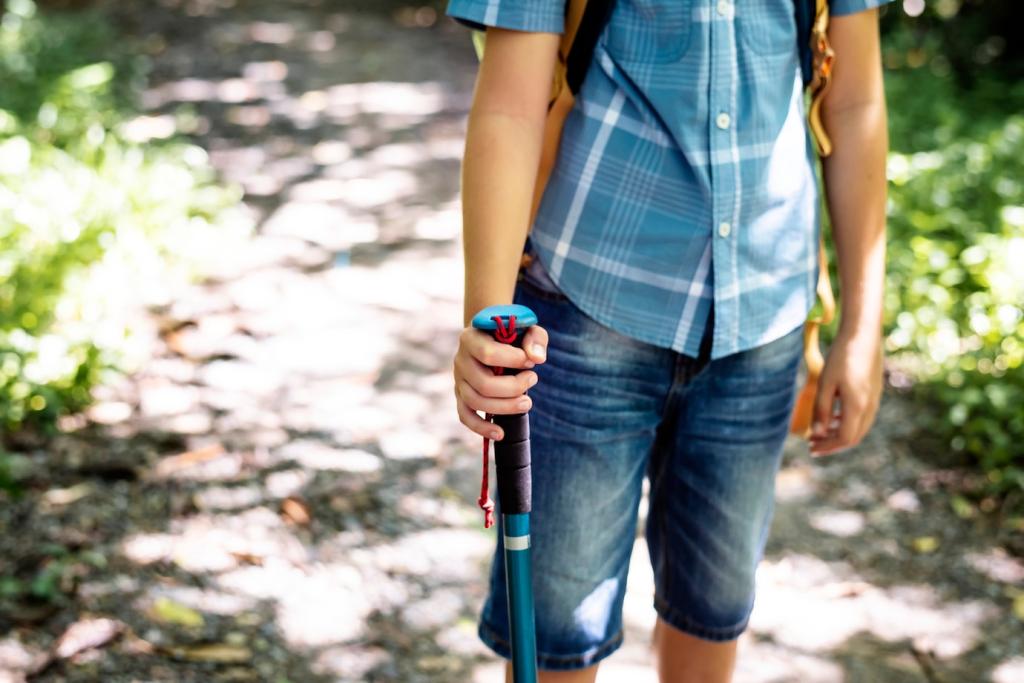
Stories From the Trail: Rookie Lessons and Wins
I once lugged a heavy telephoto lens through a canyon and never used it. That ache taught me to weigh every luxury item. Now I check utility against ounces, and my shoulders thank me before the first switchback appears.
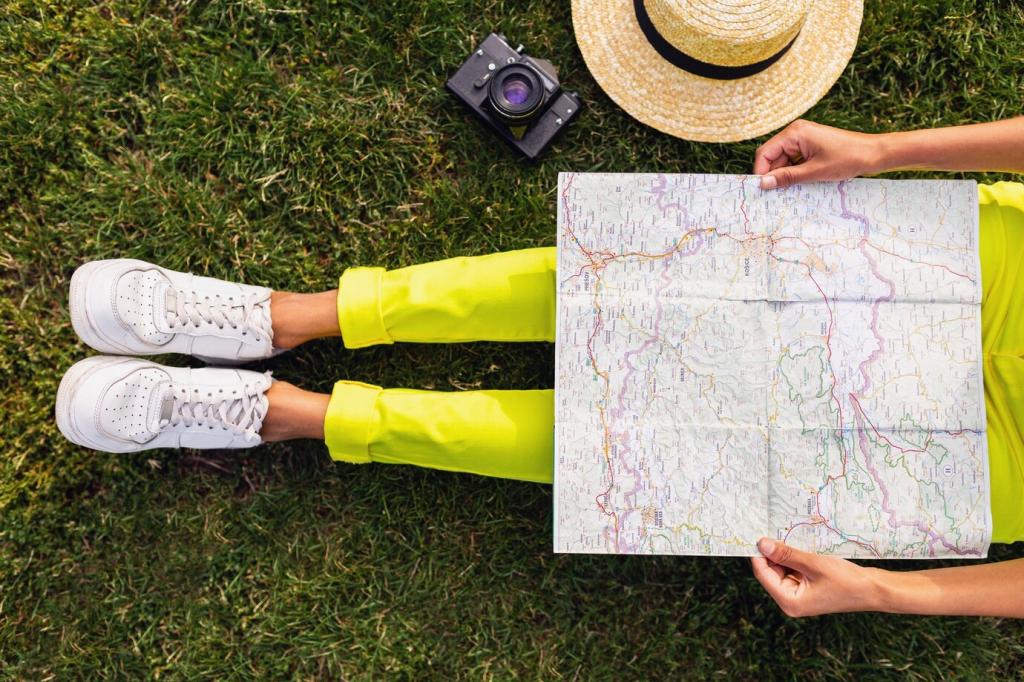
Your Final Pre-Hike Checklist and Call to Action
Lay everything out, then cut one nonessential item. Refill bottles, charge electronics, and pre-pack snacks. Print or save permits offline. Double-check weather and wind. Stage your boots by the door, and place car keys in a fixed pocket to avoid frantic searching.
Your Final Pre-Hike Checklist and Call to Action
Do a final sweep: map, headlamp, layers, hat, sunscreen, and first aid. Text your route plan to a friend. Confirm shuttle times or parking windows, set a turnaround time, and lock your car checklist in the glove box for a relaxed return.


